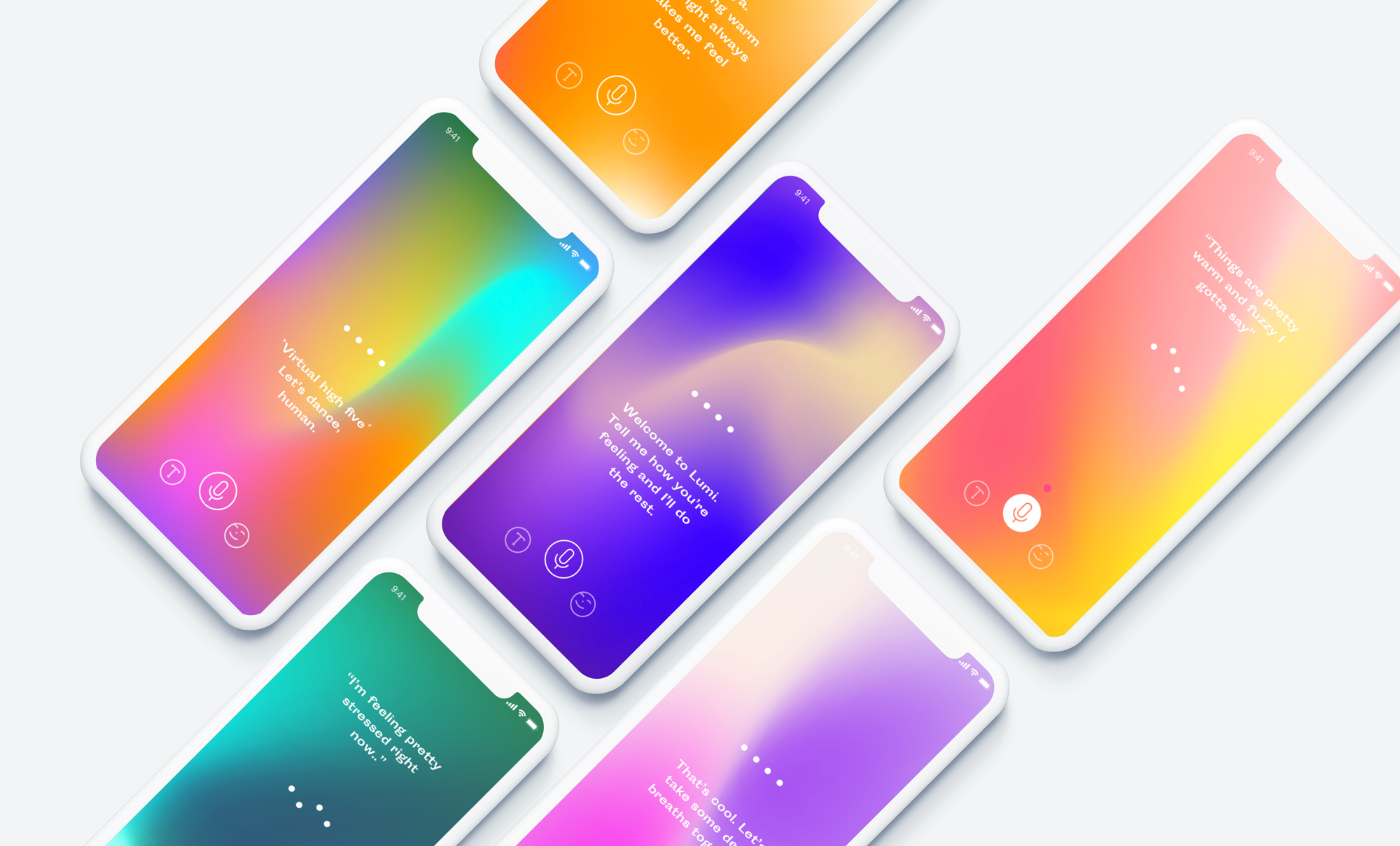Internet connected devices are already dramatically changing the habits of people and their connections to home. Light switches may soon become a relic of the past, replaced with simple commands to ‘turn on the lights.’ For many, their car key or house key is their mobile phone, and queries about the weather, traffic, and news of the day are fetched with a simple ‘Hey Google, tell me about my day.’ It isn’t difficult to imagine a future where one simply walks through the house issuing voice commands to control just about everything, from starting the washing machine to flushing the toilet.
This future is likely to bring freedoms and benefits to millions of households in ways we can’t yet imagine; just as devices like washing machines and dishwashers changed the lives of millions of families in the early 20th century, giving them the gift of time and leisure. These newfound freedoms will likely take different forms for different people: Do you want to tell your smart home to be at an optimal temperature, with the lights on or off? Or maybe you want your wine dispenser to have a glass of wine waiting for you when you get home? What about telling your smart home ‘Wow, rough day at work’ and knowing that your favorite tunes will start playing while the lights turn a rosy pink as you dive onto the couch?
This last idea is precisely what we set out to explore in the ustwo Sydney studio. With a Google Home and a few IoT bulbs at our disposal, we brainstormed how we could use color and light to influence mood, from mental health applications to merely how to create a festive atmosphere. Imagine a home therapy room, where one could walk in and by expressing the day's thoughts and feelings, invoke a meditative, soothing atmosphere or simply soak in the happy, sunny light in the dark winter months.

Illumination Inspiration
While we didn’t yet know what exactly we would create for our light project, dubbed 'Lumi', we did start out with some specific technical and design goals. We wanted to explore how light and color influence mood and how that might differ from one person to another. We wanted to create a lighting atmosphere that felt immersive. We wanted the user interface for the light system to be voice driven. We already had a foot in the game from past ustwo workshops in Voice and stress reduction, and we drew inspiration from light installations of James Turrell and Chris Fraser. We were lit up ;) with ideas and determined to create a similar, albeit low budget, experience in our studio with a few smart bulbs. The ustwo team of visual designer, Olivia King, and product engineer, Autumn Fjeld, drew up a plan to create something usable, testable, and enjoyable with three smart bulbs, one Google Home, one studio closet, and numerous light filled ustwo guinea pigs.
Hey Lumi
We defined an MVP for our Lumi system: users should be able to express their mood in a natural voice to elicit a mood changing or mood enhancing light response. We defined our MVP to have two ‘mood atmospheres’: a soothing, meditative atmosphere and a festive, party atmosphere. With these two distinct lighting atmospheres, we could test our assumptions about human mood response to color and light. We got to work by setting up a voice app in Dialogflow, building a Light Controller node app, and fitting out a small storage room with three Philips Hue bulbs: voilà: the ustwo mood room!
Light up that mood
To give our readers a quick tech overflow, within Dialogflow we set up a webhook to ping our Light Controller. Upon recognition of a phrase or keyword, “Let’s have a party” or “I want to get cozy on the couch”, the webhook passes the appropriate mood command to the Light Controller which triggers the light change and bathes the mood room in oscillating hues of light.
Future
Having witnessed our prototype in action we know there’s plenty more to do to understand how to truly match color and light to an individual's mood, expectations, and personal interpretation of what a mood or feeling should ‘look like’. Time for user testing!
In search of the total immersive experience, whether as therapy or instant party, we plan to take our mood room further into a multi-sensory experience. Imagine uttering “Calgon take me away” and the lights turn a soft pink, undulating at the rate of your breathing, your favorite chill music plays, and the massage mat on your couch kicks into gear, whisking you far, far away.

To learn more about our work with Voice, Internet of Things and emotional design, say hello@ustwo.com